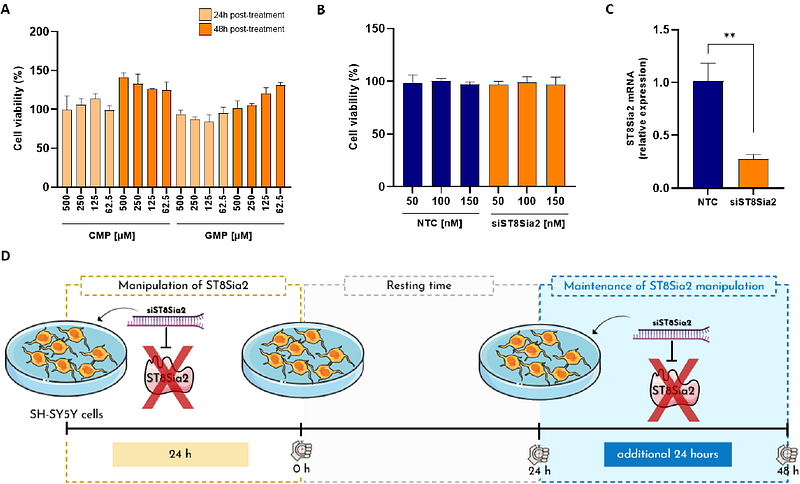ST8Sia2 polysialyltransferase protects against infection by Trypanosoma cruzi

ST8Sia2 polysialyltransferase protects against infection by Trypanosoma cruzi
Barboza, B. R.; da Silva, J. M.; Trajano-Silva, L. A. M.; Gomes, V. d. M.; Santos, D. M.; Marques-Neto, A. M.; Mule, S. N.; Borsoi, J.; Moraes, C. B.; Muhlenhoff, M.; Colli, W.; Marie, S. K. N.; Pereira, L. V.; Alves, M. J. M.; Palmisano, G.
AbstractGlycosylation is one of the most structurally and functionally diverse co- and post-translational modifications in a cell. Addition and removal of glycans, especially to proteins and lipids, characterize this process which have important implications in several biological processes. In mammals, the repeated enzymatic addition of a sialic acid unit to underlying sialic acids (Sia) by polysialyltransferases, including ST8Sia2, leads to the formation of a sugar polymer called polysialic acid (polySia). The functional relevance of polySia has been extensively demonstrated in the nervous system. However, the role of polysialylation in infection is still poorly explored. Previous reports have shown that Trypanosoma cruzi (T. cruzi), a flagellated parasite that causes Chagas disease (CD), changes host sialylation of glycoproteins. To understand the role of host polySia during T. cruzi infection, we used a combination of in silico and experimental tools. We observed that T. cruzi reduces both the expression of the ST8Sia2 and the polysialylation of target substrates. We also found that chemical and genetic inhibition of host ST8Sia2 increased the parasite load in mammalian cells. These findings suggest a novel approach to interfere with parasite infections through modulation of host polysialylation.